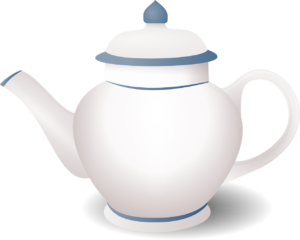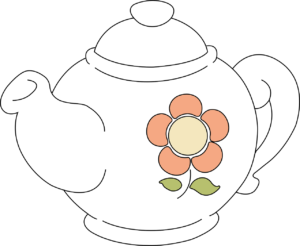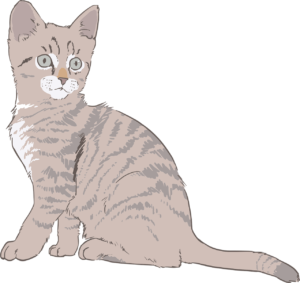Tips on How to Draw Animals
Drawing images of living beings is a difficult practice. The task becomes even tougher when it comes to recreating images of moving animals. However, realistic touch can be given to the image if you have an eye for detail and will to achieve perfection. Over the years, painters, cartoonists, and other artists of their ilk have been producing pictures of animals that are immaculate and admirable. But you don’t always need to be an artist to achieve perfection; it can always be attained through practice and passion.

There are certain steps that, when followed, can help you draw various types of animals with ease. These steps are as follows:
- Firstly collect the relevant resource that will aid you in drawing the animal of your choice. It could include pictures or videos that are easily available to you. Now carefully try to analyze the anatomy of the animal. Try to figure out the shapes which comprise that particular animal. For instance, for drawing a cheetah, the prominent shapes include an oval head, triangular ear, and rectangular body. Once you identify different shapes you can practice making these shapes.
- Now with the use of a 2B pencil make the layout of the underlying shapes. During this process, you need to look for the shapes that might be overlapping. The figure of an animal is comprised of many shapes that usually overlap to form more complex shapes.
- Draw the basic shapes in light pencil and then erase those parts that overlap, to form the body structure of the relevant animal. Keep drawing the isolated segments of the animal and ensure that they are in sync with the other shapes of the body part. It is very important to see that different shapes connect smoothly.
- How realistic your drawing appears depends largely on how well you apply the tones. For this, you need to carefully study the lighter and darker tones in your reference and then go for shading as per the requirement. It is always better to apply gray tones using fewer strokes which are more suitable for drawing darker tones.
- Proper blending of tones is very important to achieve the desired result. You can make use of various blending tools that can help you highlight the realistic features in your drawing. Tortillon or tissue can be used for achieving smooth blending.
- Keep checking your reference illustration or photograph to ensure your details match with it. Carefully looking through the source, you can identify the areas where lighter tones are against darker tones and vice versa. You can always lift out the highlights with the tip of a kneaded eraser. You can also use a battery-operated eraser to highlight white specs on wild animals like deer.
- Continuing the process of blending, you can gradually bring out the different features of the animal, like legs, head, eyes, ears, and so on meticulously.
Tips to Remember
Firstly master the outlaying process before progressing to more complex and detail features
Make use of a pencil so that you can easily erase your initial mistakes.







